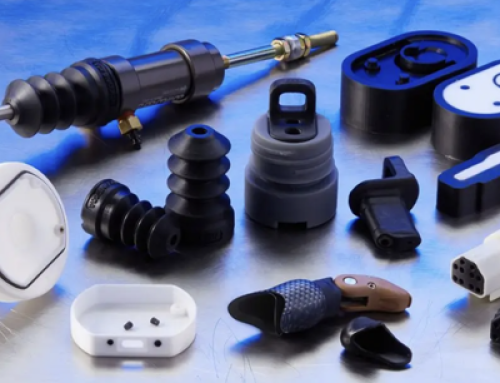“FDM helped us achieve a manufacturing cost reduction of 40%. That’s 10% more than the traditional approach would have offered.”
— Scott Notaro, Medical Engineering Manager, Instrumentation Laboratory

The company developed its Hemostasis testing system, the ACL TOP 500 to offer a lower price point than previous models. In the development process, the company reengineered many components to make them less expensive to manufacture.
Like many other companies, Instrumentation Laboratory used a virtual prototyping process before production. “Typically, we develop design concepts in CAD software and discuss them with our manufacturing engineering team and molding suppliers to determine the most cost-efficient manufacturing option,” says Scott Notaro, manager of mechanical engineering at Instrumentation Laboratory.
“But difficulties in conceptualizing a CAD model can lead to time-consuming revisions. This reduces time in the development schedule and allows for only the most expensive parts to be addressed. This may result in a cost reduction of approximately 30%, but we wanted to achieve a greater reduction on this project.”
This prototype was created with the FDM process. It helped optimize the design for injection molding.
About the time the project was kicking off, Instrumentation Laboratory was considering the purchase of a Fortus 3D Production System. Of all the additive manufacturing systems on the market, they chose Fortus because it’s powered by Fused Deposition Modeling (FDM) and gives them the ability to easily produce parts in production-grade thermoplastics – something other additive manufacturing technologies simply cannot do. “We decided to purchase the machine and use this project as a test-case to see if rapid prototyping could help improve the design engineering process,” says Carl Chelman, R&D model shop supervisor for Instrumentation Laboratory.

FDM prototype of the system’s
In another example, a six-part sheet-metal assembly was challenging to visualize due to its multiple bends. With the FDM prototype, engineers were able to convert it to an injection molded assembly with only two parts, for an 80% cost reduction. Instrumentation Laboratory engineers created assemblies from FDM prototypes and frequently identified interference problems that would not have manifested until much later in the process. The excellent mechanical properties of the FDM prototypes enabled Instrumentation Laboratory to validate the functionality of a working machine.
Instrumentation Laboratory’s diagnosis of prototyping methods assured them that in-house prototyping was the right prescription to improve time-to-market and ROI. “We were able to re-engineer over 25 parts at a cost-savings, far greater than could be realized with traditional virtual prototyping methods,” says Notaro. “FDM helped us achieve a manufacturing cost reduction of 40%. That’s 10% more than the traditional approach would have offered.” That 10% savings amounted to $600,000 per year. Extended over the 12-year life of the product, this represents a $7.2 million cost reduction. The company also saved $50,000 in mold rework and delivered the product to market six months earlier than expected with traditional methods.
– See more at: http://www.stratasys.com/resources/case-studies/medical/instrumentation-laboratory#sthash.O2u4DXc3.dpuf
See how Stratasys solutions can help you.
Add your email address to the form below to get information on Stratasys solutions. Have a specific issue or question, just enter into the comments section and we’ll be happy to help out.
[pardot-form width=”90%” height=”500″ id=”5342″ title=”Stratasys info blog”]



Leave A Comment